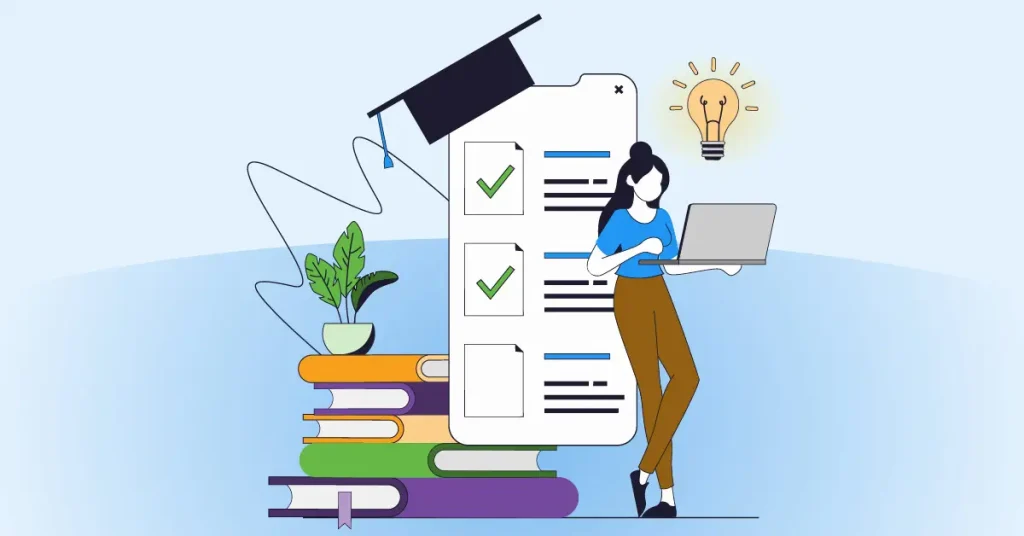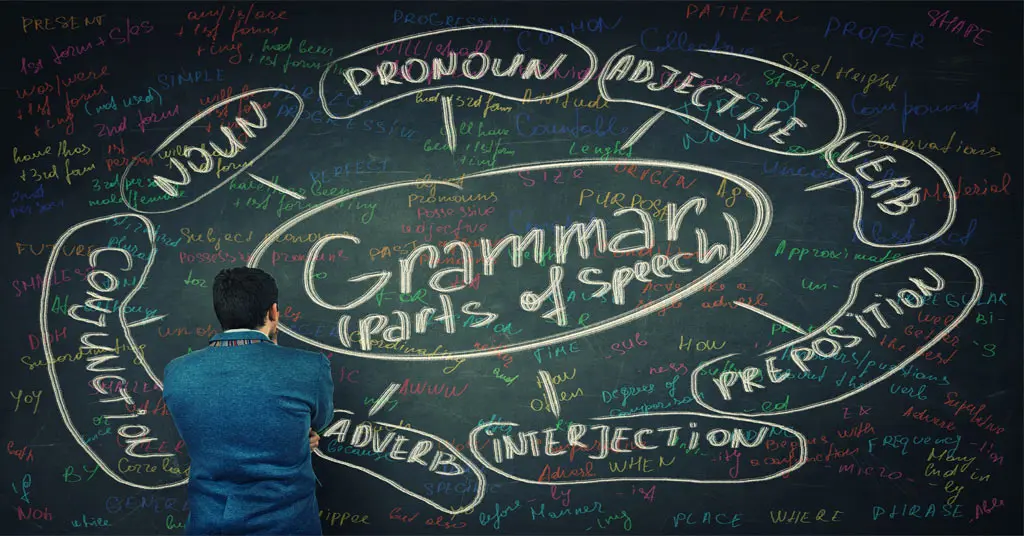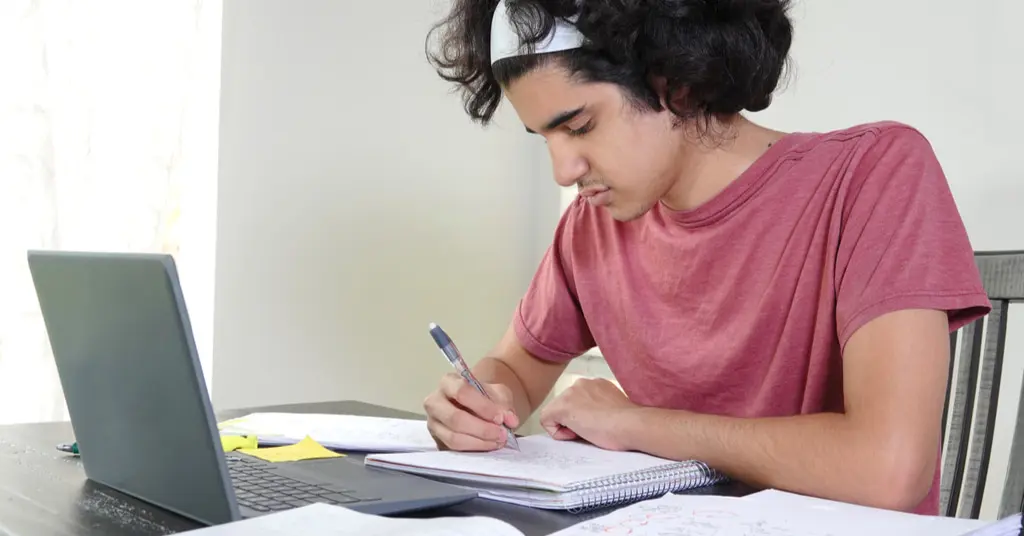Why Self-Studying for the SAT Works
Self-studying for the SAT can feel challenging at first because there is no teacher setting deadlines or telling you what to do next. But that independence is also the reason it works. When you build your own SAT self-study routine, you can spend time where it matters most, practice consistently, and adjust your approach based on what your results are actually showing you.
The SAT is also a pattern-based exam. The more you work through realistic questions and review your mistakes, the easier it becomes to spot what a question is really asking, avoid common traps, and manage your time with confidence. Over time, self-study for the SAT helps you create a repeatable process you can trust on test day, which is exactly what students need when they are preparing on their own.
How to Create an Effective SAT Study Plan on Your Own
Creating a strong SAT self-study plan is not about studying longer. It is about building a routine you can repeat, track, and adjust based on results. If you want a step-by-step framework while you build your schedule, an SAT study guide and plan can help you map out what to do each week. Start with a baseline score, set clear goals, and make practice and review part of every session.
Best Resources to Self-Study for the SAT
The best SAT self-study resources prepare you for the Digital SAT and help you improve with every review. Start with a timed, full-length practice exam to get a baseline score. That first score makes it easier to build a realistic SAT self-study plan, set section goals, and decide what to focus on first as you learn how to self-study for the SAT. To get a clear baseline and practice under real timing, start with a full-length SAT Practice Test.
For day-to-day prep, look for resources that feel as close to the real test as possible. If the questions are not SAT-like, your practice will not translate on test day. A strong SAT self-study guide should include plenty of exam-level questions, timed practice options, and targeted sets so you can drill the exact skills you need. For daily, targeted practice that mirrors the exam, use an SAT Question Bank with realistic questions and detailed explanations.
Finally, pair practice with review. To improve your SAT self-study, you need detailed explanations that do more than point out the correct option. The best resources explain why each choice is right or wrong and show you how to approach similar questions next time. That is what helps you close content gaps, sharpen strategy, and study more efficiently when you are preparing on your own.
What Are Some Tips for Staying Motivated While Self-Studying for the SAT?
Staying motivated is often the hardest part of SAT self-study because no one is tracking your progress but you. The fix is to build a simple structure that keeps you moving, even on low-energy days.
- Set weekly goals you can actually finish. Aim for targets like completing a timed set, reviewing 1 skill area, or fixing a specific mistake pattern. Often, the best SAT motivation tips revolve around accountability and avoiding burnout, offering practical strategies you can use while studying solo.
- Choose a test date early. A deadline keeps SAT self-preparation from turning into “I’ll start next week.”
- Visibly track progress. Use timed check-ins, note repeat mistakes, and treat small gains as proof your routine is working. That feedback loop is one of the easiest ways to stay consistent through self-study.
How to Stay on Track With Your SAT Self-Study Routine
A good plan only works if you can follow it consistently. The easiest way to stay on track with SAT self-study is to make your routine predictable and easy to repeat. Pick specific days and times to study, keep sessions short enough to feel doable, and focus each session on one clear goal so you always know what “done” looks like.
Use simple checkpoints to stay accountable. For example, end each week by reviewing what you missed most often and adjusting next week’s focus. If you are drifting, reduce your workload instead of quitting. A smaller routine that you actually follow is better than an intense schedule you abandon after a few days.
Also, set up your environment to support your focus. Study in the same spot when possible, reduce distractions, and save tougher work for when your energy is highest. This is especially helpful for an SAT self-paced schedule because your consistency depends on habits, not a classroom.
When you want more structure without losing flexibility, a guided program can help you stay organized with day-by-day practice, timed sets, and progress tracking. UWorld’s SAT Course is designed for students preparing on their own by combining skill-based lessons with targeted practice and review tools, so it is easier to stick to your routine and keep improving.
Are There Any Common Mistakes Students Make When Self-Studying for the SAT?
Yes, and most of them come from leaning too far in one direction, either too much “studying” or too much “doing” without reflection.
One common mistake in SAT self-study is preparing without enough context. For example, students often review concepts or watch videos but skip practicing the actual question types they will see on test day. This might feel productive, but it rarely leads to significant improvement because the SAT is just as much about application and pattern recognition as it is about knowing the material.
Another issue is doing lots of questions without reviewing them deeply. When you only check whether you were right or wrong, it is easy to repeat the same errors and hit a score plateau. Strong SAT self-preparation includes time for review, especially for questions you missed or guessed on.
To self-study for the SAT effectively, use resources that include realistic questions and clear explanations that show you why you missed a problem and what to do differently next time. That approach helps you correct patterns, strengthen weak skills, and improve steadily.
How to Self-Study for SAT: Frequently Asked Questions (FAQs)
How long does it take to self-study for the SAT?
Most students need 6 to 12 weeks of consistent prep, but the right timeline depends on your starting score, target score, and weekly availability. If you are self-studying for the SAT with a busy school schedule, focus on consistency over long sessions. A steady routine plus regular checkpoints usually leads to stronger score gains than last-minute cramming.
What’s the best SAT self-study schedule for beginners?
A beginner-friendly SAT self-paced schedule often includes 3 to 5 study sessions per week, mixing skill practice with timed sets. Start with shorter sessions early on, then build up length as your stamina improves. Add a timed module each week, so your pacing improves alongside accuracy. Also, reserve one weekly session for reviewing mistakes and adjusting next week’s focus. This structure keeps your self-study consistent without feeling overwhelming.
How do I start studying for the SAT by myself if I'm scoring low?
Start with a diagnostic test so you can pinpoint what is bringing your score down instead of guessing. Then focus on accuracy before speed, because rushing usually creates avoidable mistakes and lowers confidence. Choose one Reading and Writing skill and one Math skill to improve each week, and practice them in short, timed sets so you build both understanding and pacing. Additionally, keep a simple list of repeated errors so you fix patterns, not just individual questions, and gradually increase timing pressure only after accuracy improves.
How to prepare for the SAT without coaching?
If you are learning how to prepare for the SAT without coaching, the key is building a routine you can follow consistently and reviewing mistakes deeply enough to learn from them. Use realistic practice questions, time yourself regularly, and review until you can explain why the right answer works and why the wrong choices fail. A simple weekly structure makes this easier; practice a few days, review more intensely on one day, then do a timed set to check progress and adjust your focus. If you like having a structured resource you can work through independently, a SAT study guide can help by combining skill review with focused practice. Over time, this routine turns into a reliable self-study system you can trust on test day.
Do colleges superscore the SAT, and does it matter for self-study?
Some colleges superscore the SAT, meaning they consider your best section scores across multiple test dates, which can make self-study feel more manageable. This matters because you can plan your prep in phases, such as focusing on Math for one test date and shifting more attention to Reading and Writing for the next, instead of trying to improve everything at once. Even if a school does not superscore, section-by-section improvement still raises your overall score, as long as you leave enough time between test dates to strengthen weak areas.
Should I think about financial aid while planning my SAT prep?
It can help to think about financial aid earlier than most students expect, especially if it affects where you apply, how many test dates you can take, or how you plan senior-year deadlines. Learning the basics ahead of time can reduce stress later, when applications, testing, and schoolwork start overlapping. Many students hear about FAFSA and assume it is only relevant once college decisions are final, but understanding the process and timeline sooner can help you plan ahead. Even if you are not applying right away, knowing what is coming can help you make smarter choices and avoid last-minute surprises.
References
- College Board. (2025). Full-length SAT Suite practice tests. SAT Suite of Assessments. Retrieved from https://satsuite.collegeboard.org/practice/practice-tests
- College Board. (2025). SAT calculator policy. SAT Suite of Assessments. Retrieved from https://satsuite.collegeboard.org/sat/what-to-bring-do/calculator-policy
- College Board. (2025). Take a full-length practice test and review your results. Retrieved from https://blog.collegeboard.org/what-best-way-prepare-digital-sat
- College Board. (n.d.). How to complete the FAFSA. BigFuture. Retrieved from https://bigfuture.collegeboard.org/pay-for-college/get-help-paying-for-college/fafsa/how-to-complete-the-fafsa
- College Board. (n.d.). What is an SAT superscore? College Board Blog. Retrieved from https://blog.collegeboard.org/what-is-an-sat-superscore




